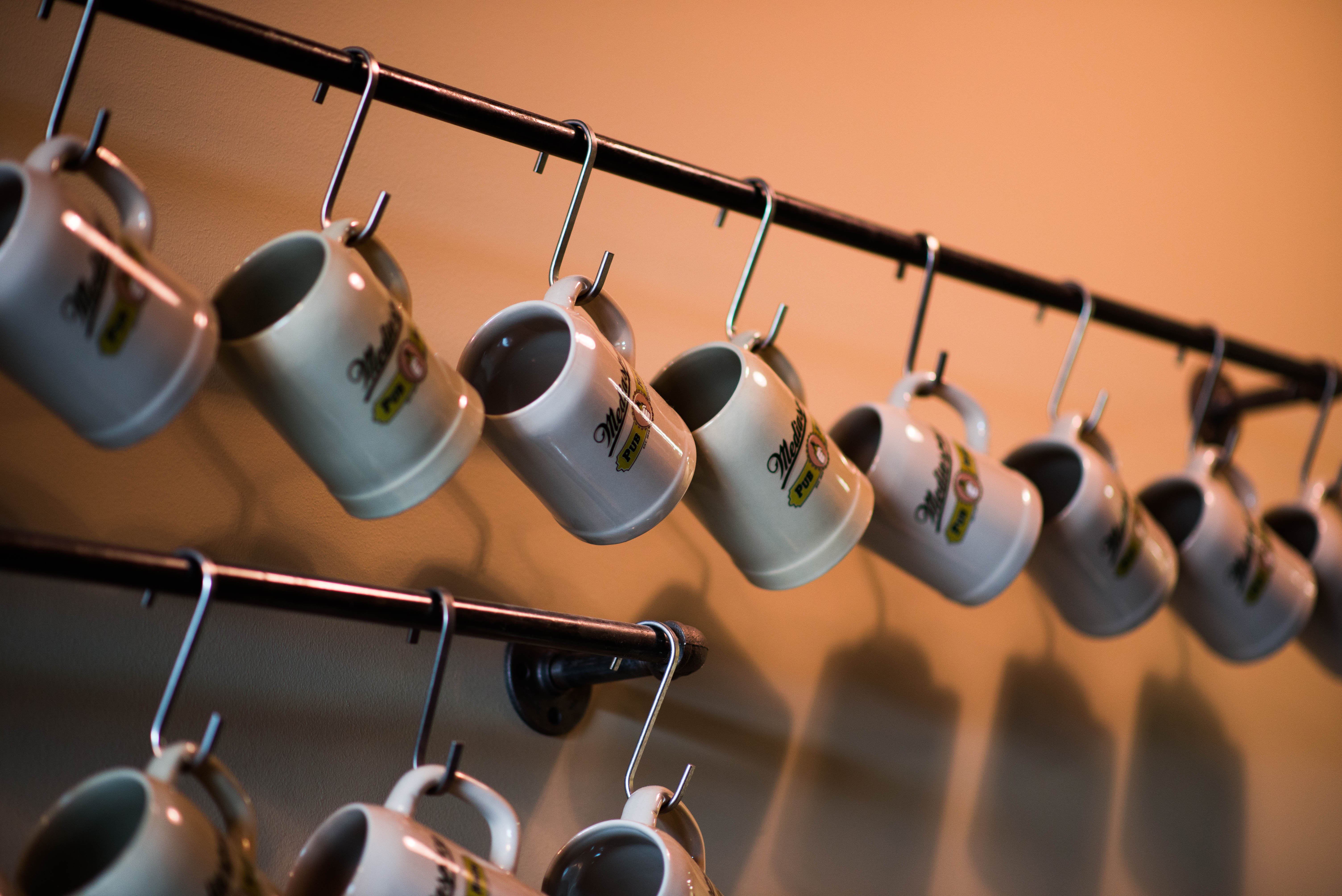Do you recognize the following catchphrases?
“Just Do It.”
“Good to the last drop.”
“Melts in your mouth, not in your hands.”
“15 minutes could save 15% or more on car insurance.”
Can you name the brand that goes with each? If so, it’s probably because you have heard or read these phrases over and over and over again. That is effective frequency doing its job.
In order for CMOs to do their job, they have got to be accountable for their actions and the results of their actions. Not only are they expected to stretch tight advertising budgets but also get the biggest return on that investment.
But how do you do this? Sure, getting the right message in front of the right consumers is important, but it’s not the only piece of the advertising puzzle. The missing piece for most marketers is finding the right frequency.
What is the most effective frequency when it comes to driving action and getting real results? Thomas Smith, in his book “Successful Advertising,” had this to say about effective frequency:
The 1st time people look at ad, they don’t see it.
The 2nd time, they don’t notice it.
The 3rd time, they are aware that it is there.
The 4th time, they have a fleeting sense that they’ve seen it before.
The 5th time, they actually read the ad.
The 6th time, they thumb their nose at it.
The 7th time, they get a little irritated with it.
The 8th time, they think, “Here’s that confounded ad again.”
The 9th time, they wonder if they’re missing out on something.
The 10th time, they ask their friends or neighbors if they’ve tried it.
The 11th time, they wonder how the company is paying for all these ads.
The 12th time, they start to think that it must be a good product.
The 13th time, they start to feel the product has value.
The 14th time, they start to feel like they’ve wanted a product like this for a long time.
The 15th time, they start to yearn for it because they can’t afford to buy it.
The 16th time, they accept the fact that they will buy it sometime in the future.
The 17th time, they make a commitment to buy the product.
The 18th time, they curse their poverty because they can’t buy this terrific product.
The 19th time, they count their money very carefully.
The 20th time prospects see the ad, they buy what it is offering.
Okay, so this is a bit tongue and cheek, but actually not that far off. Now consider this, Mr. Smith write this funny insight over 100 years ago. Though advertising was a bourgeoning industry back then, advertisers were already finding out that the more a person sees your ad, the more effective that ad usually is.
Calculating Effective Frequency for Your Ad
Effective frequency refers to the number of times a consumer needs to be exposed to an advertising message before the advertiser gets the desired response. That response could be buying a product or service, or simply remembering a specific message.
So, knowing that effective frequency is incredibly important to determining your ROI, is there a right way to calculate it? Well, no, not really, though many people have their own beliefs and suspicions. For instance, many marketers follow the “Rule of 7” , which basically says a consumer needs to hear or see your message 7 times before they will convert. But there are certainly other studies that have shown it might take more or less than 7 ads to hook a consumer.
With so much leeway, how is a small business owner supposed to determine how many times they need to have their ad run before they can expect to have it generate results? By taking the following factors into consideration:
Factor 1: How Established is the Brand?
It goes without saying that a more established brand may very well get a desired consumer response with less exposure than a new startup.
Factor 2: Who is the Target Demographic?
Who are you trying to reach? Human beings are all different. A C-level manager may need to see your ad quite a few more times than a college student. The more you know about your audience the better able you’ll be to determine the most effective frequency.
Factor 3: What is the Overall Objective of Your Ad?
In general, brand awareness will take fewer exposure than trying to change consumer opinion of your brand. Each campaign needs to have an objective, and this objective will need to be factored in to come up with the right frequency.
Factor 4: Market Saturation
The more saturated your market, the more you may have to expose your audience to your ad in order for them to remember your brand.
Factor 5: Is the Purchase Big or Small?
The more money a prospect is expected to hand over, the more ads they will most likely need to see. If you are selling cars, expect to run your ads more than if you are selling pizza.
So, what’s the magic number?
There is simply no one-size-fits-all approach or one right answer to that question. What we can tell you, based on our own experience working with SMBs for decades, is that less than three exposures is doing your campaign a disservice. That is simply too few to give your ad any real chance of landing.
We can also say with confidence that while there is no magic number – it could be 5 or 7 or 12 – when it comes to exposure, your message is more effective when repeated.
If you have any questions about the most effective frequency for your campaigns, please get in touch with us. We love helping SMBs get the biggest return on their advertising investment.



